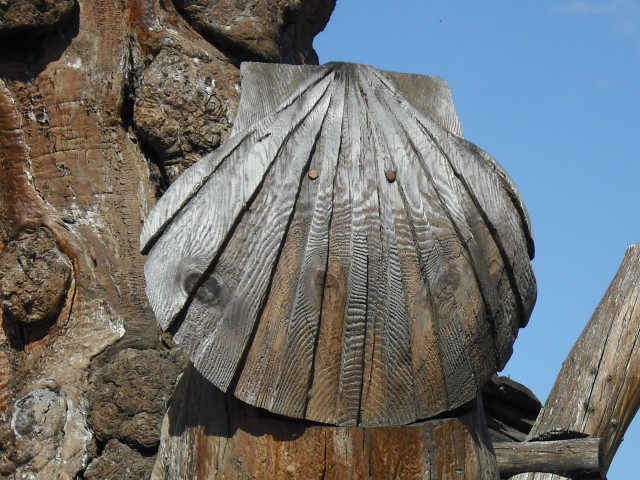- geral@fctouroperator.pt
- (+351) 249 538 565 (Cost according to your tariff)
- Go to FatimaCaminhos
El Camino - The Way of St James
Since the 9th century, pilgrims from all over Europe have created ways to reach the "tomb of the Saint", the Apostle St. James the Greater. Coming from the north, the center or the south, all had the goal to reach Santiago de Compostela.
The Path has become a spiritual and cultural itinerary as no other. A wide range of structures was created to facilitate the walk of pilgrims on foot, on horseback and, in modern times, by bicycle. From hostels to hospitals, or the numerous convents, churches or simple hermitages, everything was designed to be at the service of the pilgrims. Today, when passing through the "Way of Santiago" we can find a vast cultural, religious and architectural heritage, result of years of pilgrimages.
The Camino Francés (the French way) is considered the most emblematic, however, we can not forget the Via de la Plata, which begins in Seville, or the Camino Primitivo, from Oviedo, the Camino del Norte (Northern Way), which departs from Irún, the Camino Portugués (the Portuguese Way), from Lisbon to the Camino Inglés (the English) Way which served those who arrived by boat to Ferrol or to the city of Coruña.
Today, Hundreds of thousands of pilgrims continue to take on the Camino every year (no matter which one).
The truth is that not everyone can venture to do 800 or 1100 kilometers on foot or on horseback. However, feel free to discover small villages, towns or cities that were strongly marked by the history of so many who traveled on their pilgrimage to Santiago de Compostela.
